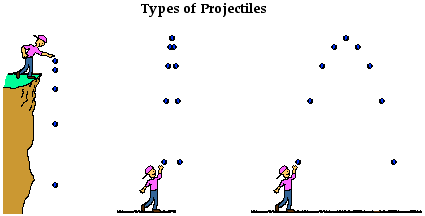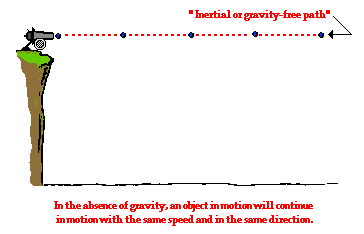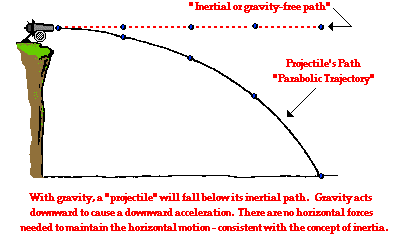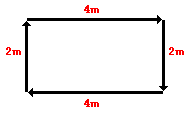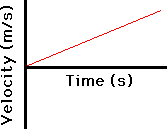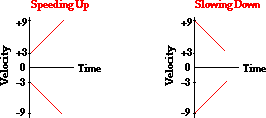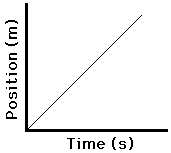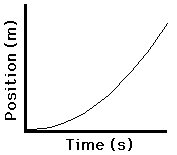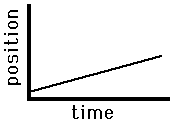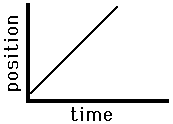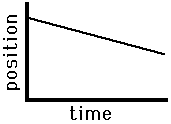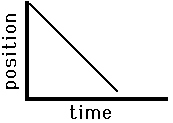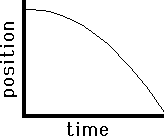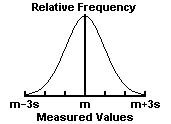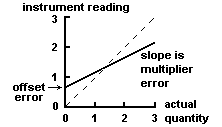Significant Figures
Two
kinds of numbers
i. exact numbers: example: There are exactly 20 apples in a box
Most cats have exactly 2 ears and 4 legs.
ii.inexact numbers: example: any measurement
the width of a piece of paper, 220 mm (2 significant figures).
more precise, 216 mm
(3 significant figures).
more precise, 215.6
mm (4 significant figures).
PRECISION VERSUS ACCURACY
Accuracy refers to how closely a measured value agrees with the
correct value.
Precision refers to how closely individual measurements agree with each
other.
The
number of significant figures is the number of digits believed to be correct by
the person doing the measuring. It includes one estimated digit.
Rules for Working with Significant
Figures:
- Leading zeros are never significant.
Imbedded zeros are always significant.
Trailing zeros are significant only if the decimal point is specified.
Hint: Change the number to scientific notation. It is easier to see.
- Addition or Subtraction:
The last digit retained is set
by the first doubtful digit.
- Multiplication or Division:
The answer contains no more
significant figures than the least accurately known number.
Examples:
Going from left to right, the first
non-zero digit is the first significant figure.
Each digit to its right is a
significant figure.
To write a number x to n
significant figures means to write down the number with n significant
figures which is closest to x.
For example, consider 0.000026857
To 1 significant figure it is 0.00003
To 2 significant figures it is 0.000027
To 3 significant figures it is 0.0000279
To 4 significant figures it is 0.00002686
Consider 4.198.
To 1 significant figure it is 4
To 2 significant figures it is 4.2
To 3 significant figures it is 4.20
(we write 4.20 instead of 4.2 to show that we
have 3 significant figures).
To 4 significant figures it is 4.198
Consider 58 651
To 1 significant figure it is 60
000
To 2 significant figure it is 59
000
To 3 significant figure it is 58
700
To 4 significant figure it is 58
650
To 5 significant figure it is 58 651
Attentively, significant figures
for whole numbers can be done using scientific notation.
Consider the number 70 000.
To 1 significant figure it is 7 x
104
To 2 significant figures it is 7.0
x 104
To 3 significant figures it is 7.00
x 104
To 4 significant figures it is 7.000
x 104
Example
|
Number
of
Significant Figures
|
Scientific
Notation
|
0.00682
|
3
|
6.82
x 10-3
|
1.072
|
4
|
1.072
(x 100)
|
300
|
1
|
3
x 102
|
300.
|
3
|
3.00
x 102
|
300.0
|
4
|
3.000
x 102
|
Addition : 4.7832
1.234
+ 2.02
8.0372 > Rounding 8.04
> The answer must be rounded off to 3 significant figures, since 2.02 only has 3 significant figures.
Subtraction : 1.0236
- 0.97268
0.05092 > Rounding 0.0509
>Subtraction
is interesting when concerned with significant figures. Even though both
numbers involved in the subtraction have 5 significant figures, the answer only
has 3 significant figures when rounded correctly. Remember, the answer must
only have 1 doubtful digit
Multiplication : 2.8723 x 1.6 = 4.59568 > Rounding 4.6
Division : 45.2 = 7.1093775 > Rounding 7.11
6. 3578
Notes
on Rounding
- When rounding off numbers to a certain number of
significant figures, do so to the nearest value.
- example: Round to 3 significant figures: 2.3467 x 104
- (Answer: 2.35 x 104)
- example: Round to 2 significant figures: 1.612 x 103
- (Answer: 1.6 x 103)
- What happens if there is a 5? There is an arbitrary
rule:
- If the number before the 5 is odd, round up.
- If the number before the 5 is even, let it be.
The justification for this is that in the course of a series of many
calculations, any rounding errors will be averaged out.
- example: Round to 2 significant figures: 2.35 x 102
- (Answer: 2.4 x 102)
- example: Round to 2 significant figures: 2.45 x 102
- (Answer: 2.4 x 102)
- Of course, if we round to 2 significant figures: 2.451
x 102, the answer is definitely 2.5 x 102 since
2.451 x 102 is closer to 2.5 x 102 than 2.4 x 102.





